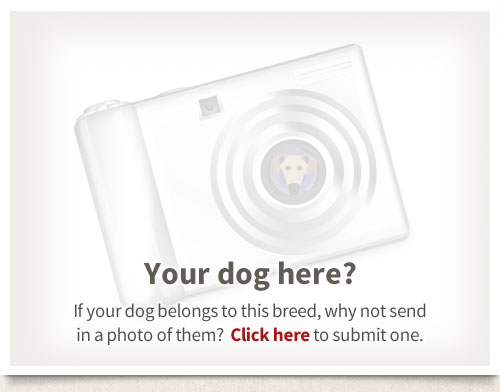Origin
The Hungarian Puli is an ancient breed, who's origins actually come from central Asia. The breed arrived in Hungary with the Magyars around 1000, during the Mongol invasion. They are said to be related to the Tibetan Terrier, which certainly seems likely given they share some similarities. The Puli was used as a herder first and foremost, although it shared some guarding duties with the Komondor - which, unsurprisingly, looks like a bigger version of the Puli. It is said that Nomadic shepherds valued the Puli so much, that they would pay as much as their annual salary to acquire one. Due to their love of water, the Puli was also used effectively as a hunting dog in marshy areas. It wasn't until the 1900's that the Hungarian Puli started to make an appearance in the US and UK.
Character
The Puli is of a cheery disposition, and along with his bouncy nature and affection for his family, make him a pleasant companion. He is loyal but can be independently minded and may have a tendency to wander, being a curious little dog. He is energetic and attentive in his work, which along with his protective streak, help make him a valiant guard and a capable herder. While his thick shaggy coat keeps him warm in cold climates, it is nowadays, for dog fanciers at least, a primary draw to the breed.
Exercise
The exercise requirements of the Puli are fairly moderate and he will almost exercise himself if a large garden is available to him. It is important however that he has a daily walk on-lead, both for his enjoyment and to keep him in shape physically. Walking will also provide interesting sights and smells to stimulate him mentally. As Puli are sensitive to heat exercise should be undertaken in the cooler parts of the day and shade and fresh water should be available at all times.
Training
As with all dogs basic obedience training is essential in order to make the Puli a good family companion and a well-mannered, and therefore acceptable, member of the community. He is a clever dog and learns quickly what is required provided that training is carried out with kindness, firmness, fairness and consistency. To bring out the best in him reward-based positive methods should be used. Harshness and manhandling will achieve little but loss of respect, loss of trust and confusion. The key is to keep sessions short, fun and as varied as possible. Socialisation should be started early with the puppy and should be an on-going activity. Introducing the dog to as many varied situations and people as possible will provide him with the skills he needs to cope in the human world and should prevent any tendency to be overly suspicious of strangers or over-protective, thus ensuring that he matures into a calm, temperamentally stable and confident adult.
Health
- Hip Dysplasia
- Progressive Retinal Atrophy
- Cataracts.
Pictures
Some photographs of the Hungarian Puli...





